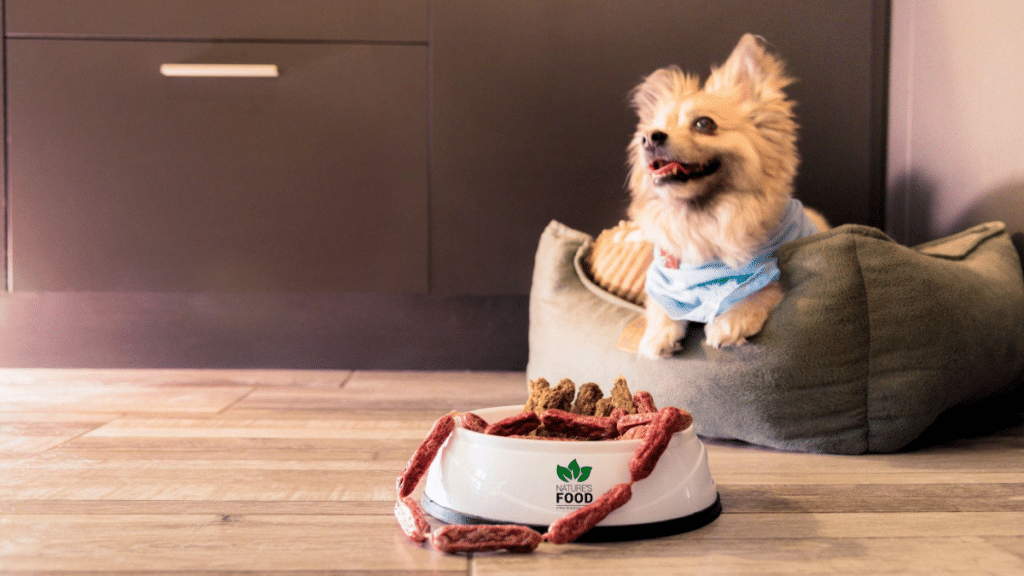The Conversation Around Pet Nutrition
The conversation around pet nutrition has evolved significantly over the past decade. As consumers become more conscious of what they’re feeding their pets, the demand for alternatives to conventional kibble continues to grow. At the forefront of this shift is raw dog food, a movement that emphasizes whole, minimally processed meals designed to mirror a canine’s natural diet.
For pet businesses, veterinarians, and retailers, understanding the raw dog food trend isn’t just about awareness—it’s about staying relevant in a changing marketplace.
What’s Driving the Popularity of Raw Dog Food?
Today’s consumers are more informed than ever, and that includes pet owners. Shoppers now look beyond flashy packaging to examine ingredients, sourcing practices, and food quality. This scrutiny has paved the way for increased interest in raw diets, which typically include uncooked meat, bones, organs, and select fruits and vegetables.
One major draw is the belief that raw food promotes improved digestion, stronger immune function, shinier coats, and higher energy levels. According to the American Kennel Club, many pet owners report noticeable improvements in their dog’s health after switching to raw diets. While more peer-reviewed research is needed, anecdotal and early scientific evidence continues to shape consumer behavior.
Opportunities for Retailers and Pet Industry Professionals
With more dog owners seeking out raw options, pet retailers are under increasing pressure to diversify their product lines. Offering raw dog food on shelves or through special order programs presents a unique opportunity to tap into this fast-growing segment. Retailers that adapt quickly and build relationships with raw food distributors stand to gain a competitive edge in an otherwise saturated pet food market.
Furthermore, staff education is key. Training team members to speak confidently about raw feeding practices, safety, and transition tips helps build trust with customers. This is especially critical when working with new raw feeders who may feel overwhelmed by the dietary shift.
Veterinarians, too, play a pivotal role. As gatekeepers of pet health, they’re often the first to field questions about switching to raw diets. Having access to reliable, well-sourced raw products allows clinics to provide evidence-based recommendations rather than dismissing the idea outright.
Logistics, Storage, and Sourcing Considerations
Unlike shelf-stable kibble, raw products require cold storage, careful handling, and clear labeling. For businesses considering entering the raw market, investing in adequate freezer space and staff training is non-negotiable. It’s also important to choose suppliers who meet high safety standards and offer batch testing, transparency about ingredient origins, and HACCP-compliant facilities.
Fortunately, working with dedicated raw food providers like Raw dog food can streamline this process. These suppliers often offer tailored wholesale solutions, which include bulk ordering, temperature-controlled shipping, and support for in-store marketing.
For business owners, this model not only helps meet consumer demand but also strengthens margins and fosters customer loyalty. Partnering with a reliable supplier ensures consistent quality and helps mitigate the risks often associated with raw feeding logistics.
Educating Consumers: Transparency Builds Trust
In addition to offering raw food products, businesses should provide educational support to customers. Transparent labeling, feeding guides, and access to nutritional data allow pet owners to make confident, informed decisions.
Resources like the Pet Food Institute can be valuable tools for both retailers and consumers. These industry bodies promote safe manufacturing practices and offer guidelines for balanced nutrition. Pointing customers to reputable organizations reinforces credibility and supports responsible raw feeding habits.
Clear communication about transition strategies is also essential. Encouraging gradual introduction of raw meals, monitoring digestion, and being available for questions can significantly enhance the customer experience—and reduce product returns.
Final Thoughts
The growth of raw feeding represents a shift toward more conscious, nutrition-focused pet care. For businesses in the pet industry, embracing raw dog food means not only meeting consumer expectations but also leading them into a more health-oriented future. With the right sourcing, storage infrastructure, and customer education, raw food can become a profitable and purposeful offering in your pet product lineup.
Additional Resources
For retailers and pet store owners exploring bulk supply options, visit this resource for dog food wholesale.
● Photo looking down onto a white cat looking longingly at a bowl of kibble | Pet Food Institute
● Everything We Do, We Do for Dogs | American Kennel Club
● HACCP Principles & Application Guidelines | HACCP
